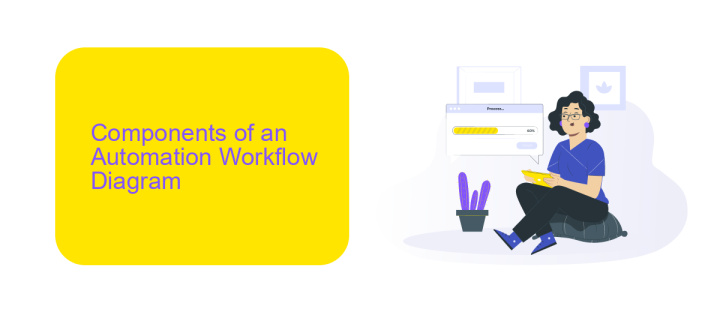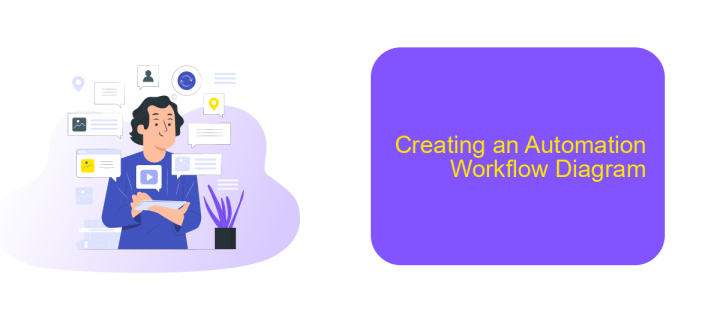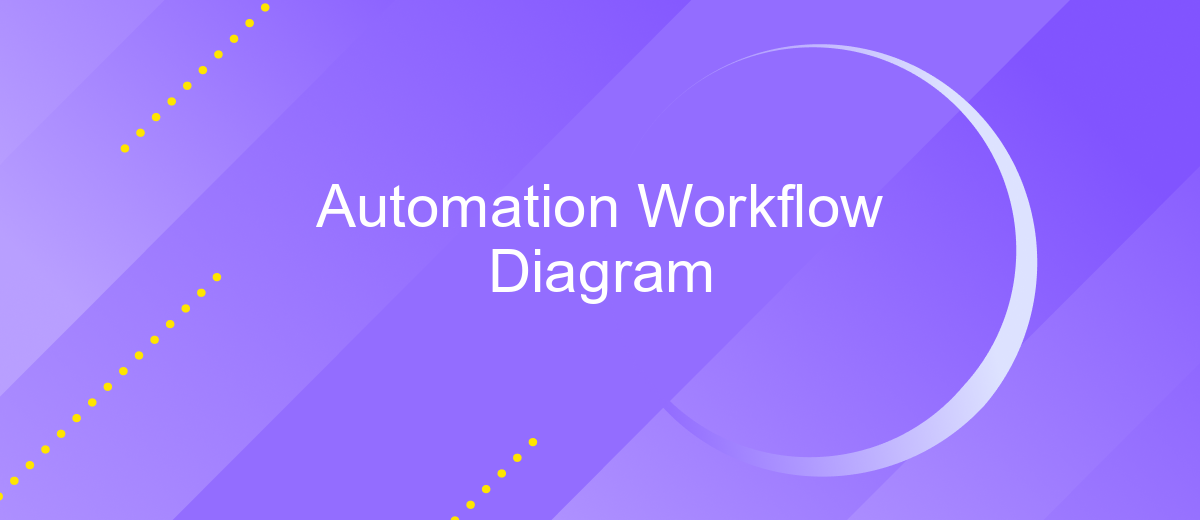Automation Workflow Diagram
Automation Workflow Diagrams are essential tools for visualizing and optimizing business processes. They provide a clear, step-by-step representation of tasks, decision points, and data flow, enabling organizations to streamline operations and enhance efficiency. By mapping out workflows, businesses can identify bottlenecks, reduce errors, and ensure consistent outcomes, ultimately driving productivity and innovation.
Introduction
Automation Workflow Diagrams are crucial for visualizing and optimizing the processes within an organization. These diagrams help in identifying inefficiencies and streamlining operations by providing a clear representation of tasks, decision points, and the flow of information. By mapping out workflows, businesses can ensure that every step is executed efficiently and consistently.
- Identify and eliminate bottlenecks in processes
- Enhance communication and collaboration among team members
- Ensure compliance with organizational standards
- Facilitate easy integration with automation tools
One effective tool for setting up integrations within an automation workflow is ApiX-Drive. This service allows seamless connection between different applications, ensuring that data flows smoothly and tasks are automated without manual intervention. By leveraging such tools, organizations can further enhance their productivity and focus on strategic initiatives rather than repetitive tasks.
Components of an Automation Workflow Diagram

An automation workflow diagram consists of several essential components that collectively streamline and optimize processes. The primary elements include triggers, actions, and conditions. Triggers initiate the workflow, such as receiving an email or a form submission. Actions are the tasks performed in response to triggers, like sending notifications or updating a database. Conditions specify criteria that dictate the workflow's path, ensuring that actions occur only when certain requirements are met.
Integration with external services is a crucial aspect of automation workflows. Tools like ApiX-Drive facilitate seamless connectivity between various applications, enabling data synchronization and automated task execution. By configuring integrations through ApiX-Drive, businesses can enhance their workflows, reducing manual effort and minimizing errors. This ensures that all systems work in harmony, providing a cohesive and efficient operational environment.
Benefits of Using Automation Workflow Diagrams

Automation workflow diagrams provide a visual representation of business processes, making it easier to identify inefficiencies and optimize operations. By mapping out each step, organizations can gain a clearer understanding of their workflows, leading to better decision-making and increased productivity.
- Enhanced Clarity: These diagrams simplify complex processes, making them easier to understand for all stakeholders.
- Improved Efficiency: By visualizing workflows, businesses can identify bottlenecks and streamline processes.
- Better Communication: They serve as a common language, facilitating better communication among team members.
- Effective Integration: Tools like ApiX-Drive can be used to automate integrations, further enhancing workflow efficiency.
- Scalability: Automation workflow diagrams help in scaling operations by providing a clear roadmap for growth.
Incorporating automation workflow diagrams into your business strategy not only aids in optimizing current processes but also prepares your organization for future scalability. Services like ApiX-Drive can automate integrations, making it easier to manage and adapt workflows as your business evolves. Ultimately, these diagrams are essential tools for driving efficiency and fostering a collaborative work environment.
Creating an Automation Workflow Diagram

Creating an automation workflow diagram involves several key steps to ensure a seamless and efficient process. The first step is to identify the tasks that need automation. This involves a thorough analysis of your current workflow to pinpoint repetitive tasks that can be automated.
Next, you need to map out the sequence of these tasks. This step involves creating a visual representation of the workflow, detailing each step from start to finish. Tools like flowchart software can be useful in this stage to create a clear and concise diagram.
- Identify tasks for automation
- Map out the sequence of tasks
- Select appropriate automation tools
- Test and refine the workflow
Once the workflow is mapped out, the next step is to select the appropriate automation tools. Services like ApiX-Drive can be invaluable in this stage, offering robust solutions for integrating various applications and automating tasks. Finally, it is essential to test and refine the workflow to ensure it operates smoothly and meets your objectives.
Conclusion
In conclusion, an automation workflow diagram serves as a crucial tool for visualizing and streamlining complex processes. By clearly mapping out each step, stakeholders can identify inefficiencies, optimize tasks, and ensure seamless execution. This not only saves time and resources but also enhances overall productivity and accuracy. The diagram acts as a blueprint, guiding teams through intricate workflows with clarity and precision.
For businesses looking to integrate various services and automate their workflows, platforms like ApiX-Drive offer invaluable support. ApiX-Drive simplifies the process of connecting different applications, enabling seamless data transfer and synchronization. This integration capability allows organizations to automate repetitive tasks, reduce manual errors, and focus on strategic initiatives. Leveraging such tools can significantly enhance the effectiveness of an automation workflow diagram, ensuring that all components work harmoniously together.
- Automate the work of an online store or landing
- Empower through integration
- Don't spend money on programmers and integrators
- Save time by automating routine tasks
FAQ
What is an Automation Workflow Diagram?
Why should I use an Automation Workflow Diagram?
How can I create an Automation Workflow Diagram?
What are the benefits of automating workflows?
How do I integrate different systems in my automation workflow?
Time is the most valuable resource for business today. Almost half of it is wasted on routine tasks. Your employees are constantly forced to perform monotonous tasks that are difficult to classify as important and specialized. You can leave everything as it is by hiring additional employees, or you can automate most of the business processes using the ApiX-Drive online connector to get rid of unnecessary time and money expenses once and for all. The choice is yours!


